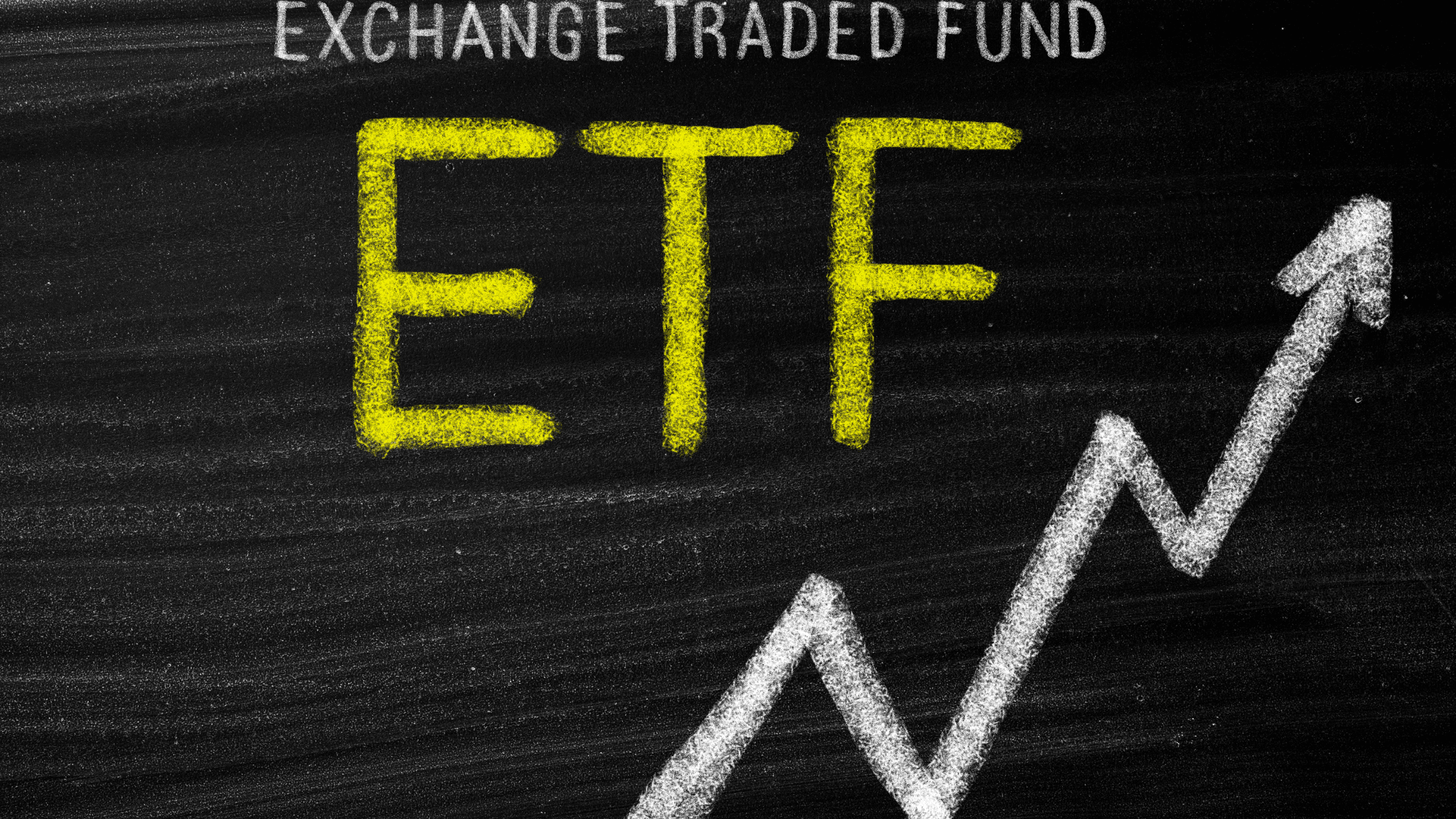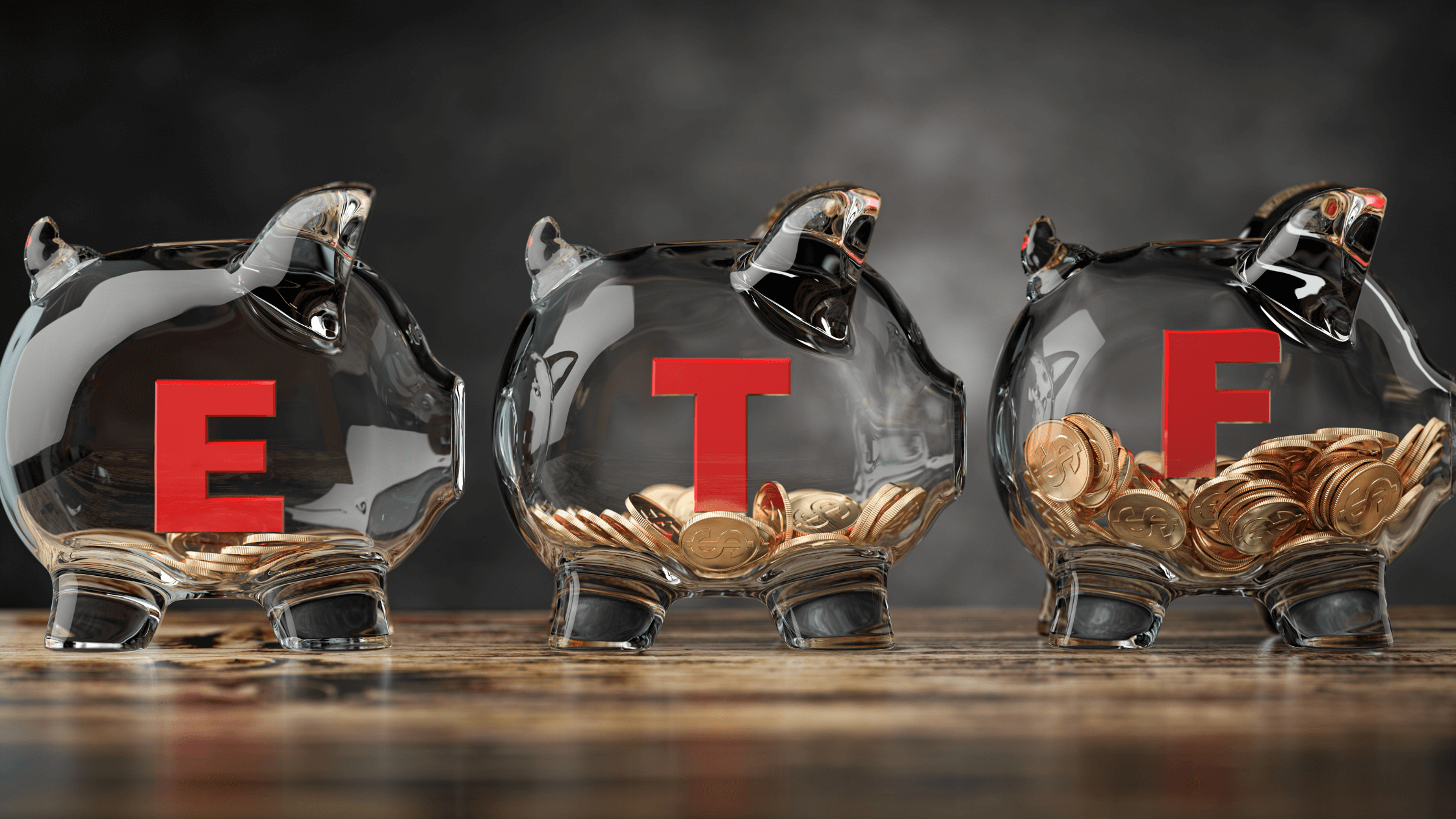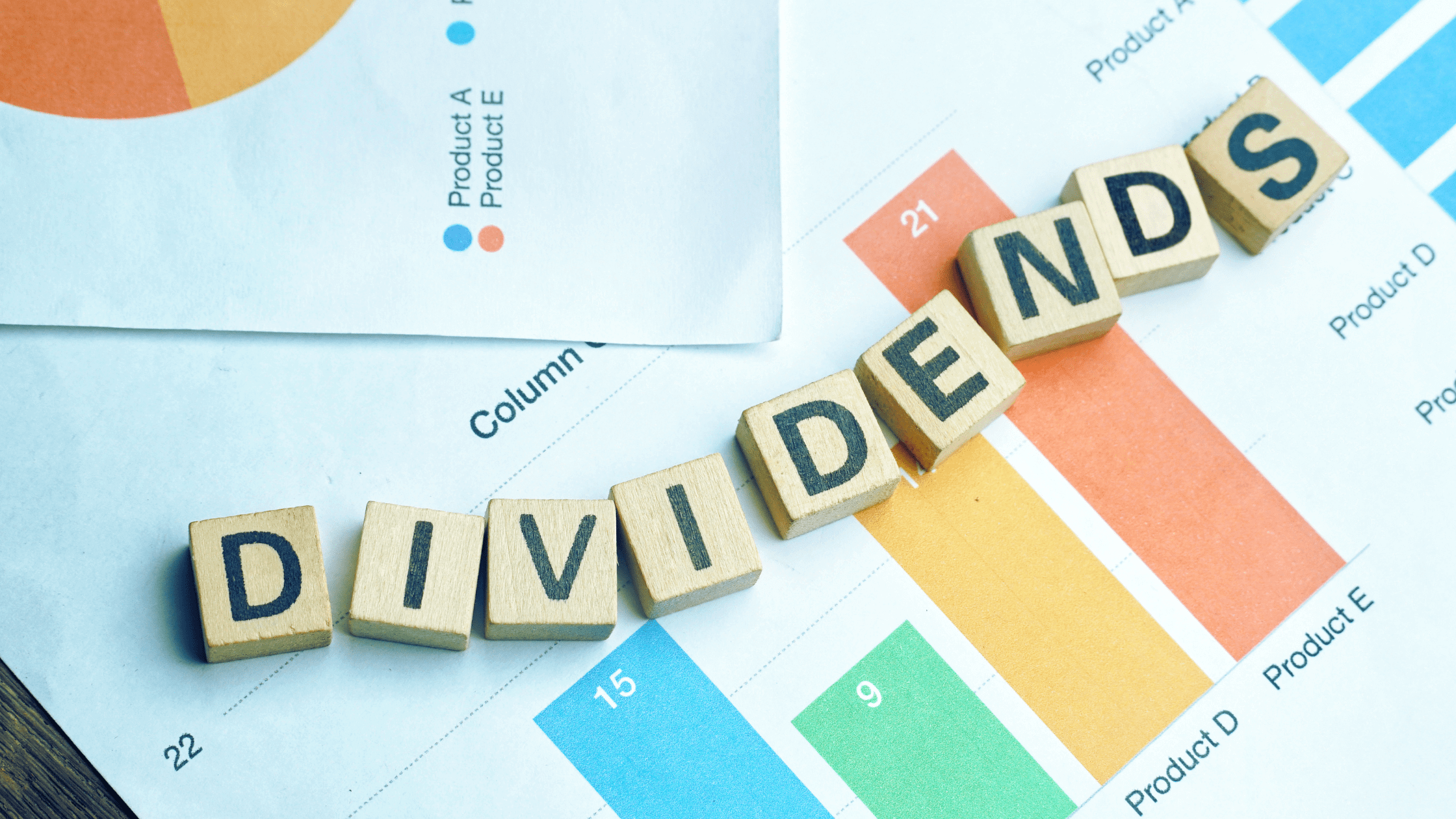What Are ETFs?

Everyone has probably heard of the acronym “ETF”. What does it stand for? It’s an Exchange-Traded Fund.
Traditionally, these are typically a basket of stocks or bonds that tracks the price movements of a particular index, such as the S&P 500 in the US or the Straits Times Index in Singapore.
One of the best things about ETFs are that they are very accessible because they trade on public exchanges, just like stocks. They are listed and, like stocks, their prices fluctuate throughout the day.
Yet what you’re buying into is the ability to access a large amount of different stocks or bonds in one go.
One of the key selling points of an ETF is that it has super low fees and requires relatively little effort in terms of research or time committed on the part of an investor.
1. Diversifying exposure immediately
As an ETF offers you a broad range of assets, whether that’s tracking a stock index or a bond index, instant diversification is achieved when you invest in one.
Although there’s diversification between assets (such as having stocks, bonds and cash in your portfolio), there’s also diversification within these particular assets.
That can mean, for example, investing in an ETF that has exposure to all sectors – such as one that tracks the S&P 500.
However, you could also invest in select sector ETFs, such as a technology or healthcare ETF. This allows you to avoid certain sectors which you might not want exposure to.
Likewise with bonds, you could invest in an ETF that tracks a basket of either corporate bonds or government bonds, or a combination of both.
2. How can I benefit from investing in ETFs?
Saving time and money are probably two of the biggest benefits that come to mind when investing in ETFs.
As mentioned earlier, instant diversification is also achieved by buying an ETF. It allows investors to avoid having to research particular stocks/bonds to invest in and effectively mirrors the index’s performance.
In terms of accessibility, ETFs can also be extremely useful if you want access to bonds. That’s because bond markets can be complicated to access as an individual investor.
However, there are some disadvantages of ETFs as well:
- The return potential of ETFs can be limited versus those of individual stocks
- You performance will never beat the market as the aim of (most) ETFs is to match the market
- Even though ETFs are low-cost, they are not free – as there is a management fee built in – while owning individual stocks or bonds is free
3. How do I invest in ETFs?
Investing in ETFs is relatively straightforward. You can access them via public stock exchanges where many of them are listed.
Unlike mutual funds (which give investors one buy/sell price that is decided at the end of each day), ETFs trade throughout the day on global stock markets.
That means it’s relatively easy to purchase for investors. That means opening an easy-to-use and accessible brokerage account, which you can do with CGS-CIMB right here.
4. How do I choose ETFs?
There are hundreds of ETFs to choose from globally. A lot of these ETFs trade on the US markets – mainly the New York Stock Exchange or Nasdaq – while if you want to stick closer to home, you can also purchase ETFs listed on the Singapore Exchange (SGX).
Investors can choose from a selection of large and frequently-traded ETFs. Some examples of the largest and best-known stocks ETFs include:
- Vanguard S&P 500 ETF – One of the best-known and biggest passive ETF trackers that follows the most broad (the S&P 500 is made up of the 500 biggest US companies by market capitalisation) stock index in the US.
- SPDR S&P 500 ETF – Listed on the SGX, this ETF allows Singapore-based investors to access the US markets right here.
- SPDR Straits Times Index ETF – Following the 30 biggest stocks on the SGX, this ETF allows invetsors to diversify their exposure to a wide array of Singapore stocks, including REITs, banks, telcos and consumer discretionary names.
- Phillips SGX APAC Dividend Leaders ETF – Again, listed on the SGX, this ETF gives investors exposure to a wide range of Asia-Pacific real estate investment trusts (REITs).
That’s not to say that you can’t access other sector-specific or market-specific ETFs if you wanted to.
If you’re excited by India’s growth story or cloud computing technology in the US, there is likely an ETF that suits your needs. However, when choosing which ETF to invest in, you should be sure to see exactly what companies make up the basket of stocks.
This is to ensure you’re not overly-exposed to any particular company or sector/country within an ETF.






















